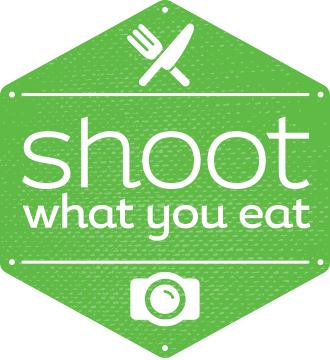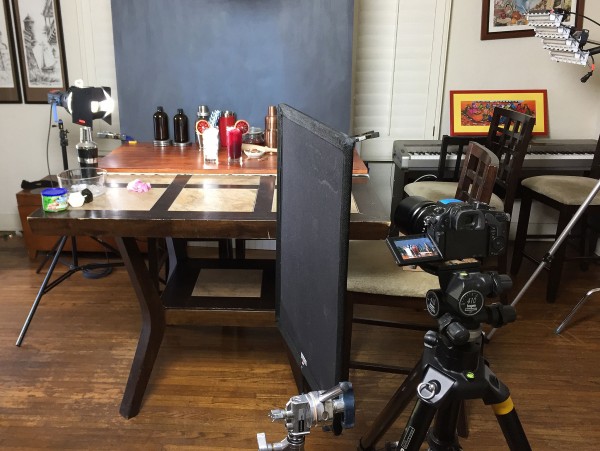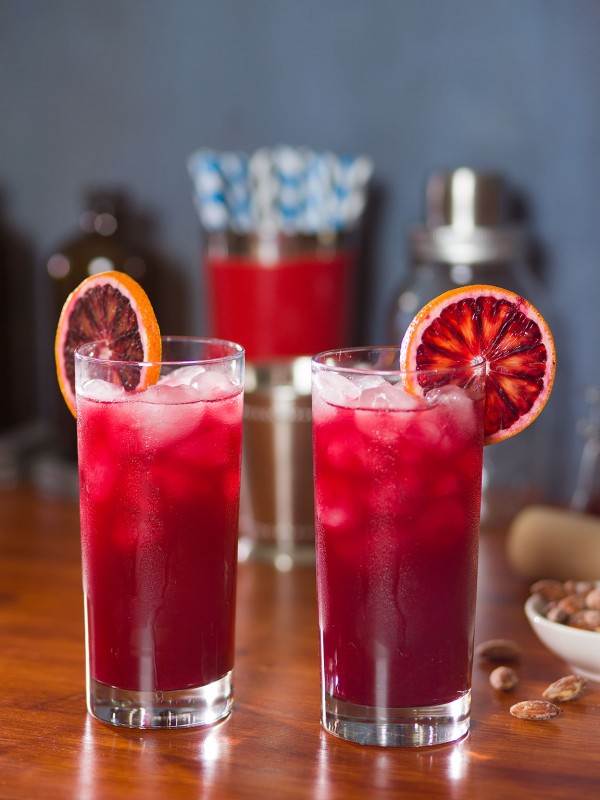I’ve always been intrigued with blood oranges. For some reason, the blood oranges have been especially dark and sweet this year. Maybe they like the drought. Whatever the reason, I’ve never seen them this, well… bloody.
There are plenty of blood orange cocktails out there and I’m sure mine is not terribly unique, but it is very tasty. I’ve had a recent love affair with St. Germain and have introduced a few drinks using it to friends and family. A blood orange margarita sounded good, but an elderflower accent makes it delightful.
I’d been planning on delving into the hybrid world of cinemagraphs for a while and a pouring cocktail seemed like a good way to get my feet wet (bad pun; unfortunate). A cinemagraph is a still photo with a strategic element of motion. In the case above, the motion is the pouring liquid coming out of the shaker and splashing over the ice.
Even though it’s mostly a still image, the entire set was shot as a short video clip. This requires the use of continuous lights or ‘hot lights’. I used the Broncolor HMI to backlight the glasses and a Rololight Softbox as a fill. The video was shot in 4k using the Panasonic Lumix GH4 with the Leica 42.5mm f1.2 lens (85mm equivalent). That’s as techy as I get.
The cinemagraph was made by importing the 4k video clip into Cinemagraph Pro. The software allows you to select the loop in the clip to use and then mask out the still image parts. I particularly like the feature that exports a selected still frame from the clip for retouching in Photoshop. It can then be re-imported for the final render. This is one reason why shooting in 4k is a good idea.
While I was at it, I shot some stills of the set-up with a little set reshuffle. As if that wasn’t a full enough day I also decided to shoot a short instructional video on the making of the wonderful cocktail.
I have done a few other cinemagraphs and have several more planned (to be shared later). Until then, enjoy the blood orange/elderflower margarita.
Cheers.



